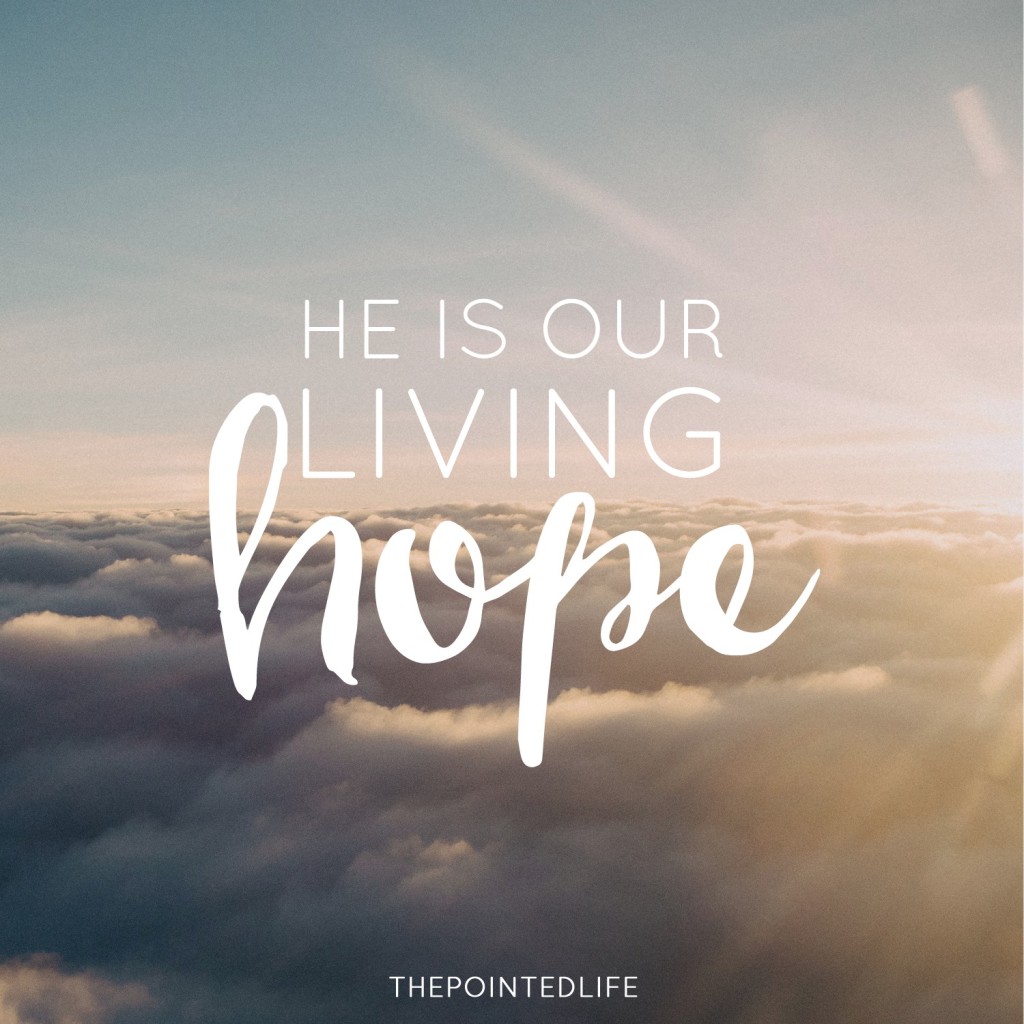

The Build Public Renewables Act requires the New York Power Authority to generate all its electricity from renewable sources by 2030. They've been considered expendable, because you know, they are low income communities, they're communities of color. And these are communities that have been dumped on for a long time. Some of these communities have some of the highest asthma rates in the entire country. So the combination of all these different pollutants create some of the worst air in the country.
Living earth new hope full#
And then we know gas by itself, you know, when it comes into people's homes, is full of carcinogens, things like benzene. They also have trucking facilities and waste facilities. And communities like the South Bronx, where some of these power plants are located, also have highways that create a lot of pollution. It does create that small particulate matter, which is one of those things that, you know, creates smog. And we know that fracked gas is horrible for people's health. And so they turn on, you know, when New York City needs the most energy, which is the hottest days of the year. There's also two peaker plants on Long Island, as well. ZIESCHE: Yeah, so they're almost all located in black and brown working class communities in New York City. What are the health risks associated with those plants? And where are they located? So one of the key parts of the Act will require the state of New York to shut down those gas-fired power plants, or peaker plants, by 2030.

But once the Inflation Reduction Act passed, you know, they realized there's this ton of money that's sitting on the table.ĭOERING: Yeah. And so now, you know, I think there were a lot of different things that, you know, convinced the governor of New York, Governor Hochul, to get on board with Build Public Renewables, because she was not really on board with it last year. But one of the things that are really great about the IRA is it does allow nonprofits to receive these funds through direct pay, to build and own renewable energy projects to build and own transmission. ZIESCHE: So since they weren't allowed to build these projects, New York has been missing out on over a billion dollars of money from the IRA. Lee Ziesche is a spokesperson for Public Power New York. The measure also sets clean energy requirements for the New York Power Authority, or NYPA, and directs it to shut down six highly polluting natural gas “peaker” plants in greater New York City. To achieve its goal of 100% zero-emission electricity by 2040 the Empire state recently enacted the Build Public Renewables Act as part of the latest state budget, to allow nonprofit power producers to go into business. The recently enacted Inflation Reduction Act is starting to change all that, and New York state is among the first jurisdictions to take advantage with legislation aimed at using federal funds to boost public power from renewables. But instead of making electricity cheaper this made it almost impossible for nonprofit municipal power companies to build and operate plants, and led to price volatility, including the surge from 12 cents to $9 a kilowatt hour that some utilities in Texas charged during a 2021 winter storm. I’m Steve Curwood.ĭecades ago, deregulation laws uncoupled electric power generation from the system of wires that delivers electricity to our homes and businesses, with the promise of lower prices through competition.

(Photo: Metropolitan Transportation Authority, Flickr, CC BY 2.0)ĬURWOOD: From PRX and the Jennifer and Ted Stanley Studios at the University of Massachusetts Boston, this is Living on Earth. Grassroots organizers worked hard to convince New York Governor Hochul and other lawmakers to include the Build Public Renewables Act in the most recent state budget. People get overheated.ĬURWOOD: And backyard chickens, this week on Living on Earth – Stick Around! It’s awful if you’re in the summer, and you don’t feel like you can turn on your AC because your Con Ed bill is going to be so unaffordable, you know, people die. ZIESCHE: We believe that energy is a human right. It not only warms the planet but it creates all these other harms when you're trying to lasso it and put it underground only for the perpetuation of continued burning of oil, gas and coal.ĬURWOOD: Also, New York state makes a law to let its public utility build clean energy. HARDEN: So this is a risky hazardous material that we're talking about. President Biden's new power plant rules would require the capture and storage of CO2. GUESTS: Tove Danovich, Monique Harden, Tero Mustonen, Lee ZiescheĬURWOOD: From PRX – this is Living On Earth.


 0 kommentar(er)
0 kommentar(er)
